HOW TO MILK A COW PROPERLY & WHY IT MATTERS
Milking a cow is a fundamental skill in dairy farming, ensuring the animal’s health, hygiene, and optimal milk production.
No products in the cart.

Milking a cow is a fundamental skill in dairy farming, ensuring the animal’s health, hygiene, and optimal milk production.
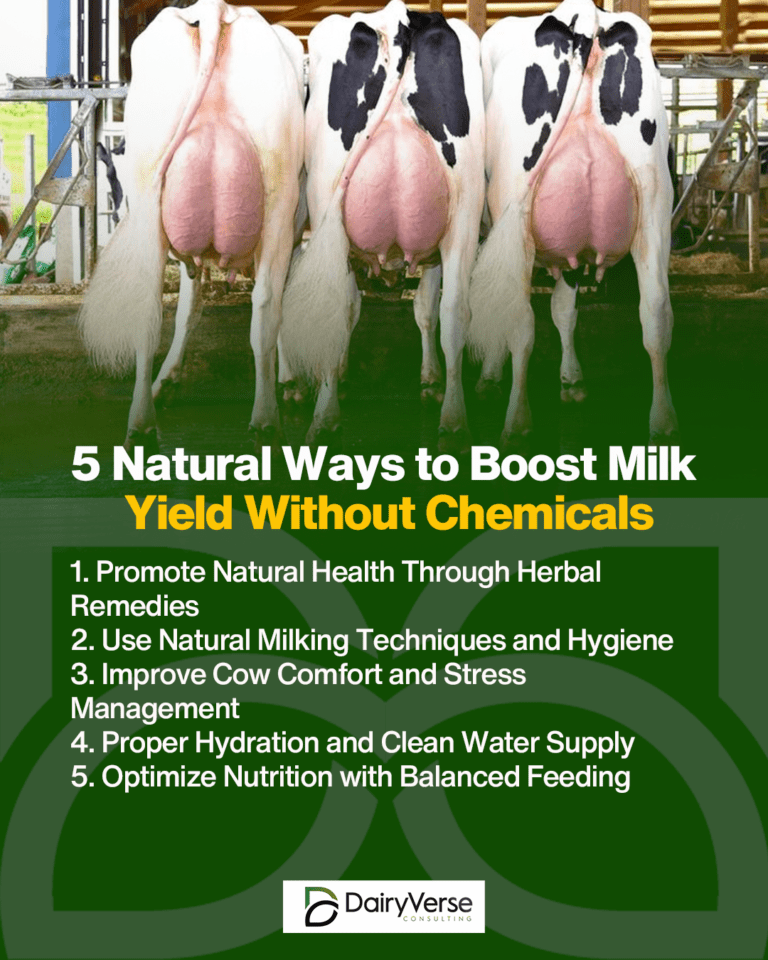
Milk production is the backbone of dairy farming, and increasing yield naturally can lead to healthier cows and better-quality milk.

Sustainability in agriculture is a growing concern as the world grapples with environmental challenges, resource limitations, and the need to feed a growing population.
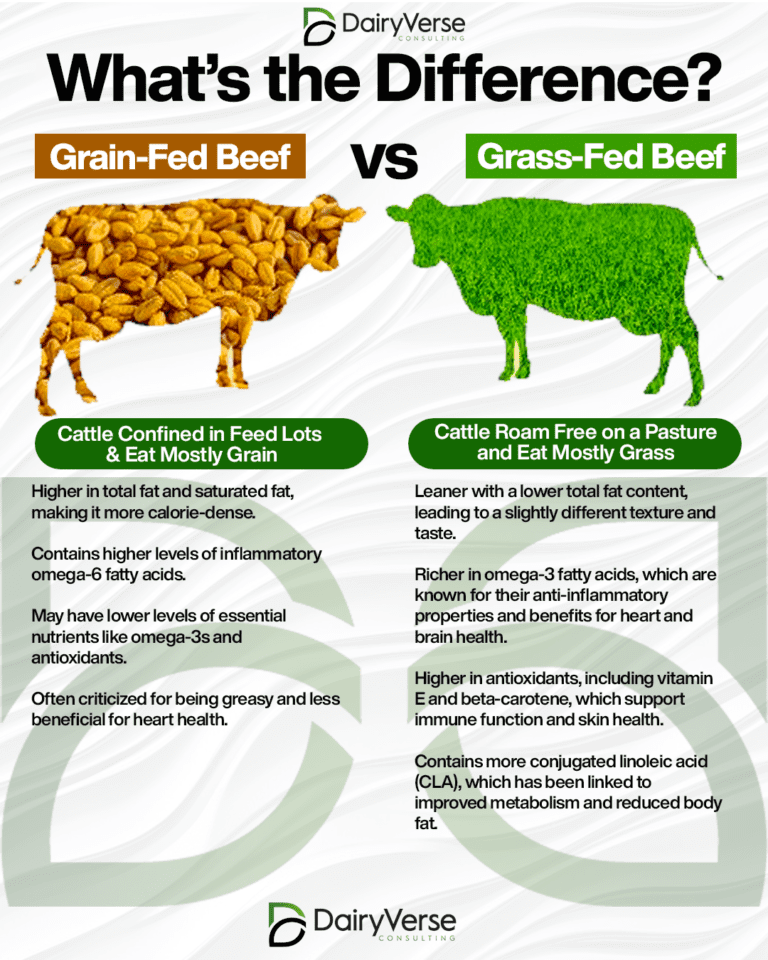
While both types of beef provide protein and essential nutrients, they differ significantly in how the cattle are raised, their nutritional profiles, and their overall effects on human health.
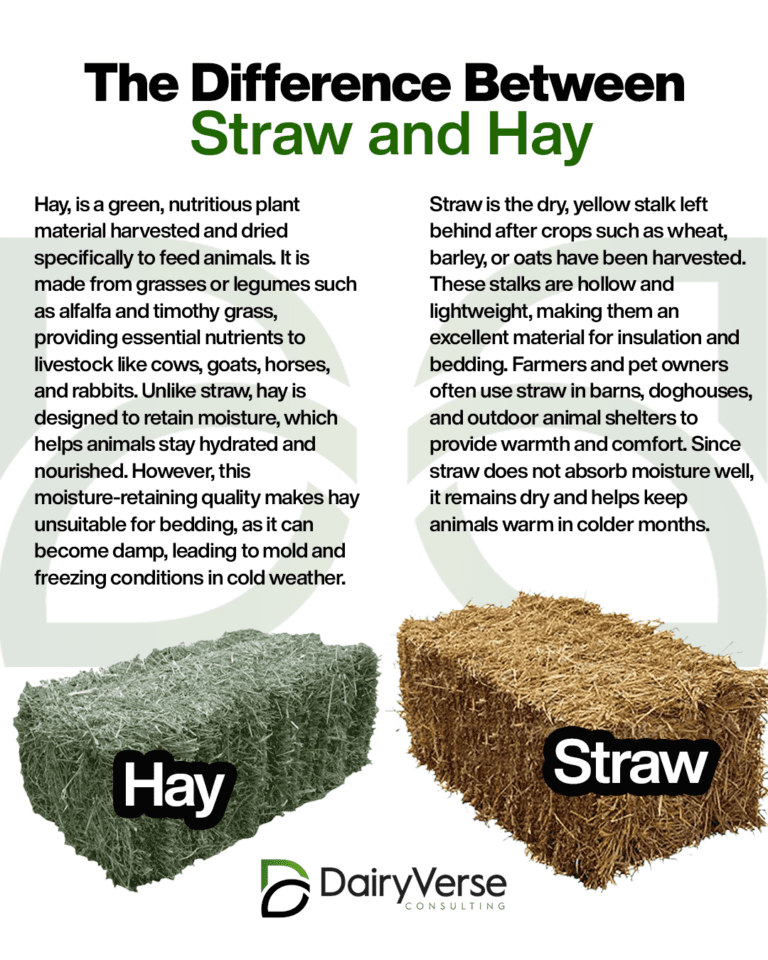
Many people confuse straw and hay, but these two materials serve entirely different purposes in farming and animal care.

Dairy cows require a balanced and nutrient-rich diet to maintain their health, support reproduction, and maximize milk production.

Maintaining a longer lactation period in dairy cows is key to maximizing milk production while ensuring cow health and farm profitability.
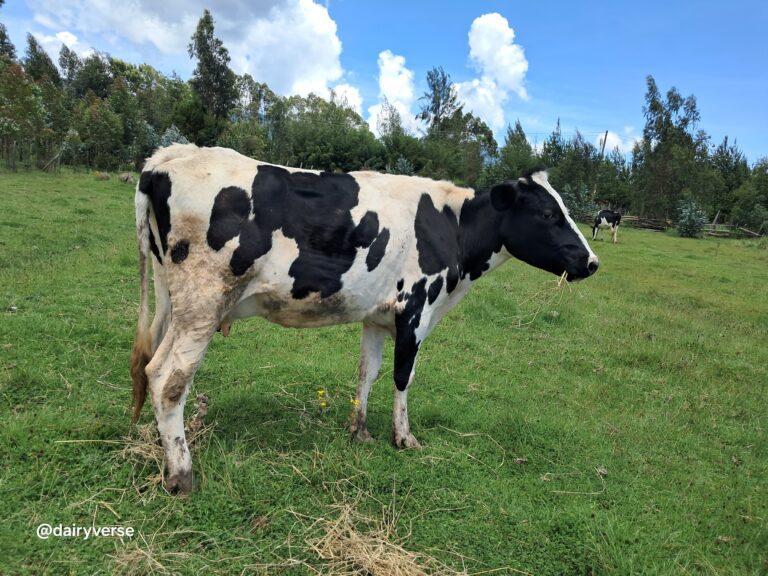
Dive deep into the heart of dairy farming with our latest video, where we explore the extensive dairy production system that feeds millions around the globe.

A calf with a big belly may develop this condition due to several factors. These can range from normal growth and dietary changes to potential health issues.
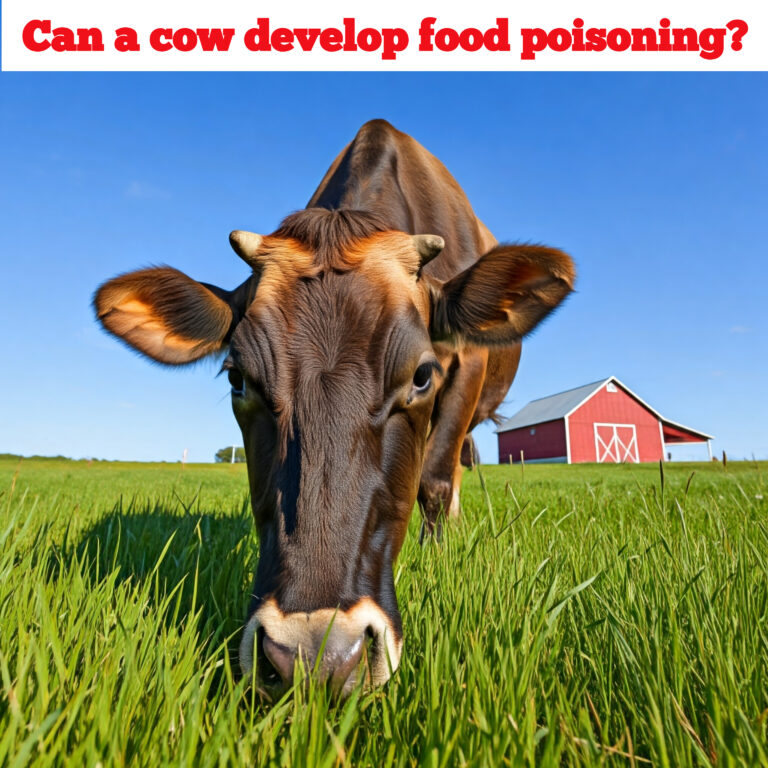
Cows cannot develop food poisoning in the same way that humans do. Food poisoning in humans is typically caused by consuming food contaminated with bacteria, viruses, or toxins. However, cows have a complex digestive system that is adapted to process a variety of plant-based materials, including potentially harmful substances.